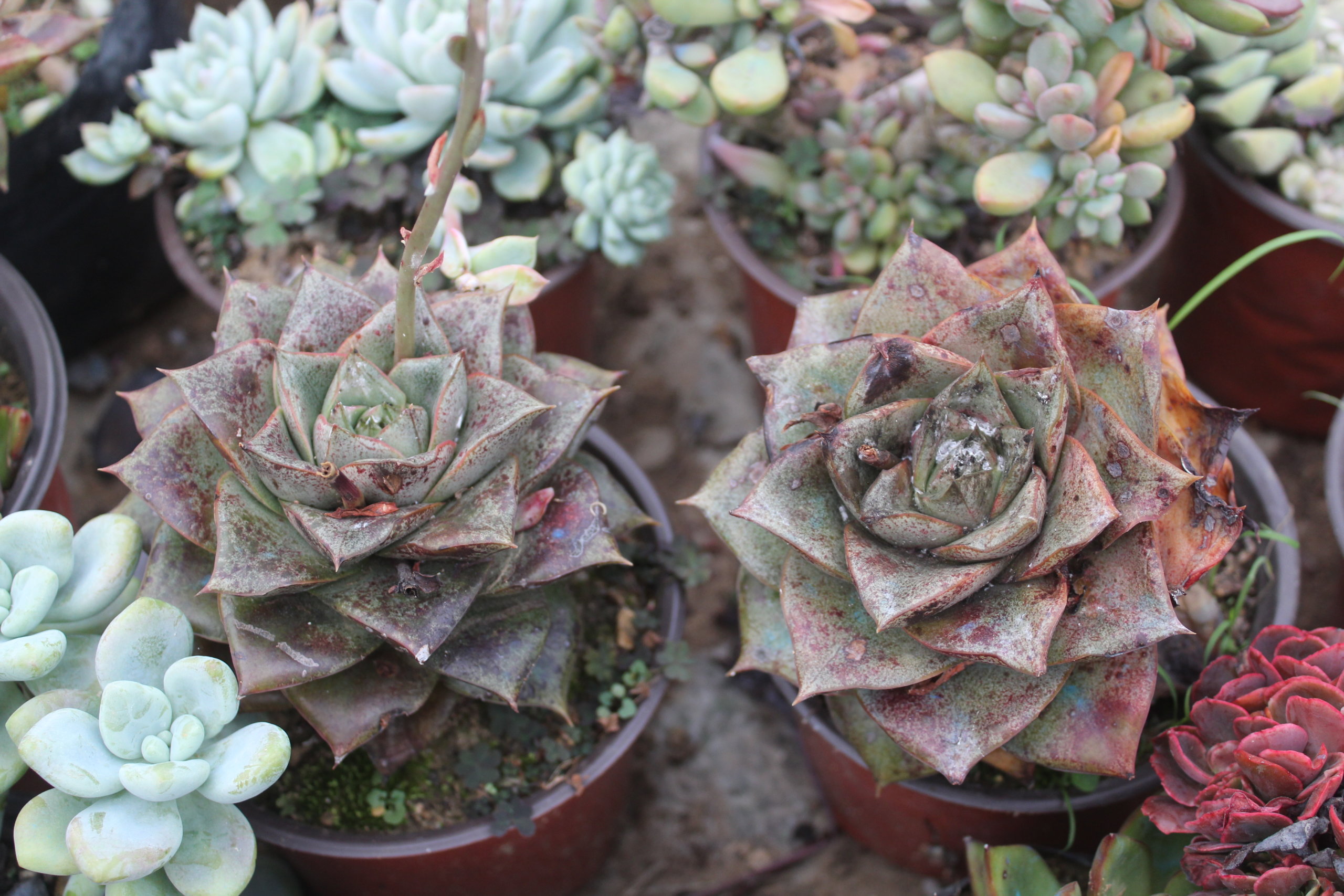Black Spots on Succulent Leaves
Noticing black spots on your succulent leaves can be troubling, especially if you thought succulent care was simple. Black spots on succulent plants often mean your plant is stressed, usually from too much water, poor drainage, sunburn, or sometimes a fungal problem. These spots are a clear sign that your plant needs some extra attention.
Understanding the common causes behind black spots will help you take the right steps to protect your succulents. Whether you are a beginner or have been growing succulents for a while, knowing what to look for and how to react can keep your plants healthy and looking good.
Understanding Black Spots on Succulent Leaves
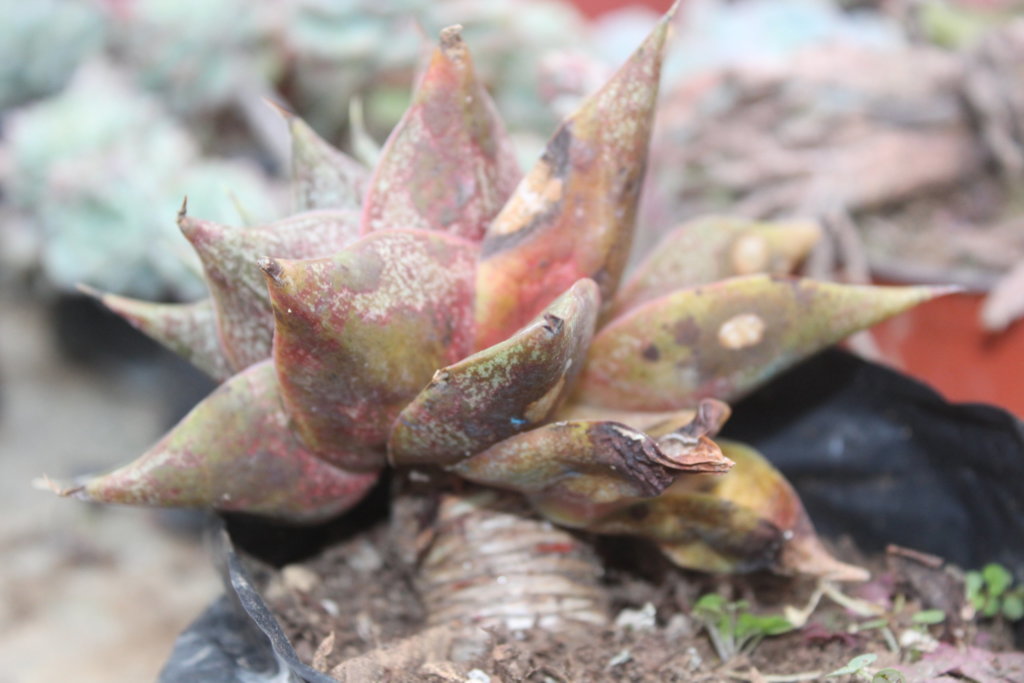
Black spots on succulent leaves are a sign that your plant may be stressed or unhealthy. These spots often point to specific problems such as too much water, pests, or diseases that can harm your plant’s health if not managed early.
Common Causes of Black Spots
Too much water is the most common reason for black spots. When succulents sit in wet soil, their roots can rot, which leads to black spots on the leaves. Poor drainage or using the wrong soil mix can make this worse.
Black spots can also come from sunburn. If you move your plant from shade to direct sunlight too quickly, dark spots may appear where the plant got burned.
Pest infestations, like mealybugs, may damage leaves and leave black marks behind. Fungal and bacterial infections are other common causes. These often start during humid weather or when water sits on the leaves.
Types of Black Spots and Their Appearance
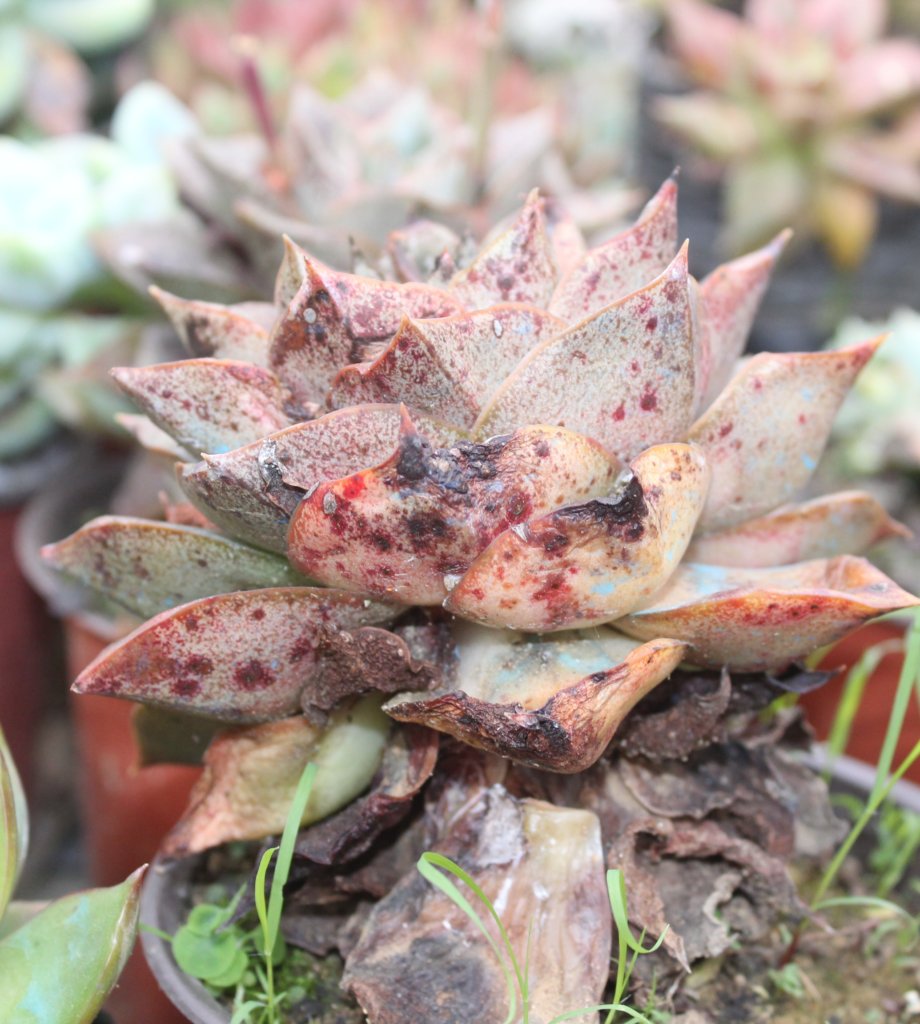
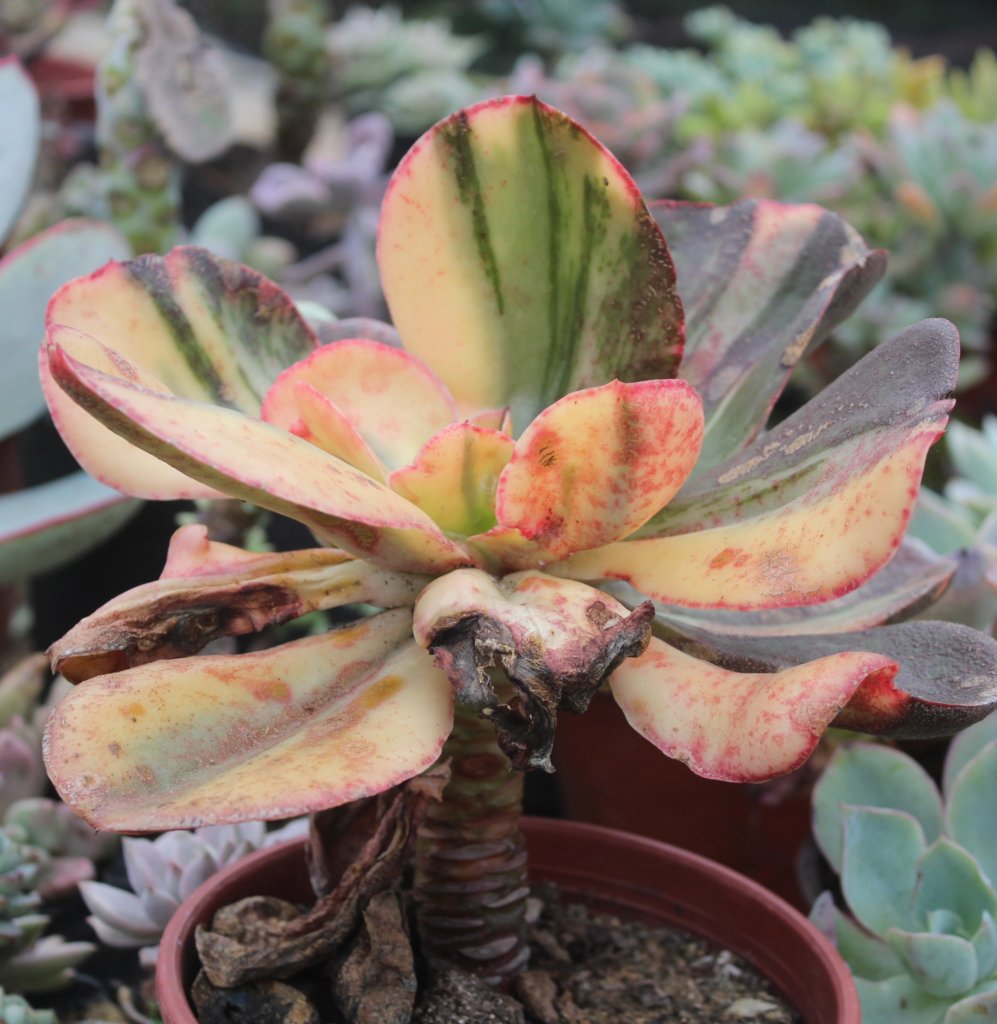
Black spots vary in size, shape, and texture.
- Fungal infections: Often appear as small, round black or brown spots that may spread or remain isolated.
- Overwatering and Root Rot: Typically manifest as large, soft, mushy black patches. These areas may feel soft and wet to the touch.
- Sunburn: Shows up as dry, flat, black, or brown patches. The affected surface may look rough or papery.
Always check the pattern and texture of the spots to figure out their cause.
Impact on Plant Health
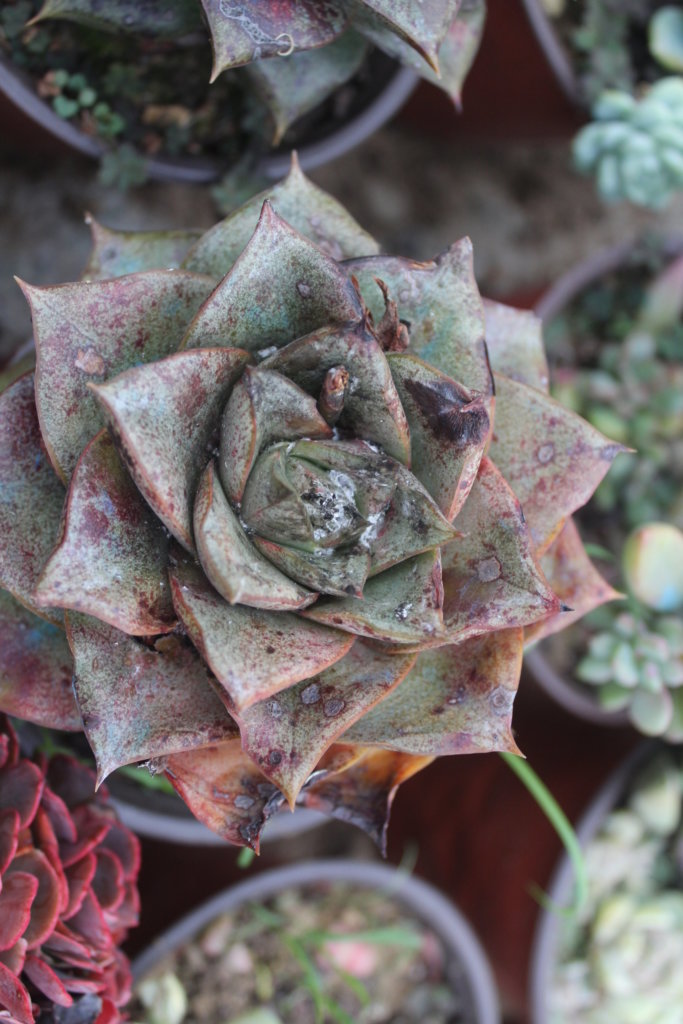
Black spots signal that your succulent’s health is at risk. If the cause is not fixed, the problem can spread and kill sections of the plant.
Root rot from overwatering can move from roots to leaves, turning them black and mushy. This leads to leaf drop and often plant death if left untreated.
Fungal and bacterial spots may weaken the plant over time. When left alone, these microbes can move to new leaves and even infect nearby plants.
Sunburned spots are more cosmetic but can still stress the plant. Damaged tissue may not heal, so it’s important to prevent further injury.
Early detection and intervention help keep your succulents healthy.
Treatment and Prevention Strategies
You can keep your succulents healthy and free from black spots by fixing the way you water your plants, controlling diseases and pests, and improving their environment. Each approach tackles a common cause, using simple gardening steps you can take.
Improving Watering and Drainage
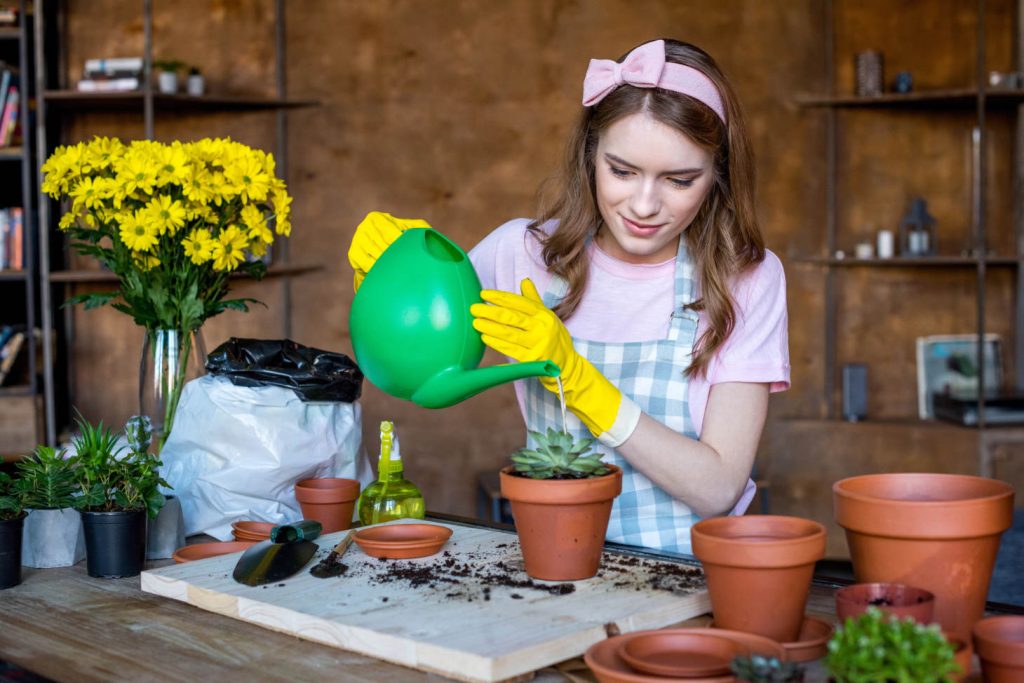
Proper watering is essential to prevent black spots. Overwatering succulents is one of the most common mistakes. It often leads to root rot and encourages fungal growth like sooty mold.
Water only when the soil is completely dry. Use pots with drainage holes and choose a soil type that dries quickly, such as a well-draining succulent mix. Avoid letting water stand in trays under the pot.
If your succulent already has black spots, check the roots during repotting. Remove any mushy or dark roots with clean scissors. Repot in dry, fresh soil for better drainage.
A quick checklist:
- Water only when soil is dry.
- Use a well-draining soil mix.
- Always choose pots with drainage holes.
- Remove standing water from trays.
Managing Fungal and Bacterial Diseases
Fungal diseases, such as sooty mold (capnodium citri) or leaf spot fungi like cercospora, often cause black or dark spots on leaves. Early treatment and isolation are important to stop the spread.
Trim affected leaves using sanitized scissors. Disinfect your tools before and after each use to prevent spreading spores. If the plant shows many spots, isolate it from other indoor plants.
To treat mild outbreaks, spray leaves with a diluted neem oil solution once a week. Neem oil can help manage fungi and some bacteria. Always test a small area first to avoid leaf burn.
Steps for disease treatment:
- Prune damaged leaves and dispose of them in the trash.
- Clean tools with rubbing alcohol.
- Apply neem oil or a mild fungicide.
- Keep the plant separate until healthy.
Pest Control Methods
Pests like aphids, scale, and mealybugs can create wounds that let fungi and bacteria enter, causing black spots. Inspect your succulent leaves and stems regularly, looking for bugs, sticky residue, or webbing.
Remove pests by gently wiping leaves with a cotton swab dipped in rubbing alcohol. For larger infestations, spray the plant with insecticidal soap or a neem oil solution according to label instructions.
Quarantine new plants before adding them to your collection. Keep your garden clean to reduce hiding spots for pests. Regularly checking for insects can help you catch problems before they grow.
Important pest control actions:
- Inspect for insects weekly.
- Manually remove small infestations with a cotton swab dipped in rubbing alcohol.
- Use insecticidal soap or neem oil for outbreaks.
- Quarantine new or infested plants.
Enhancing Environmental Conditions
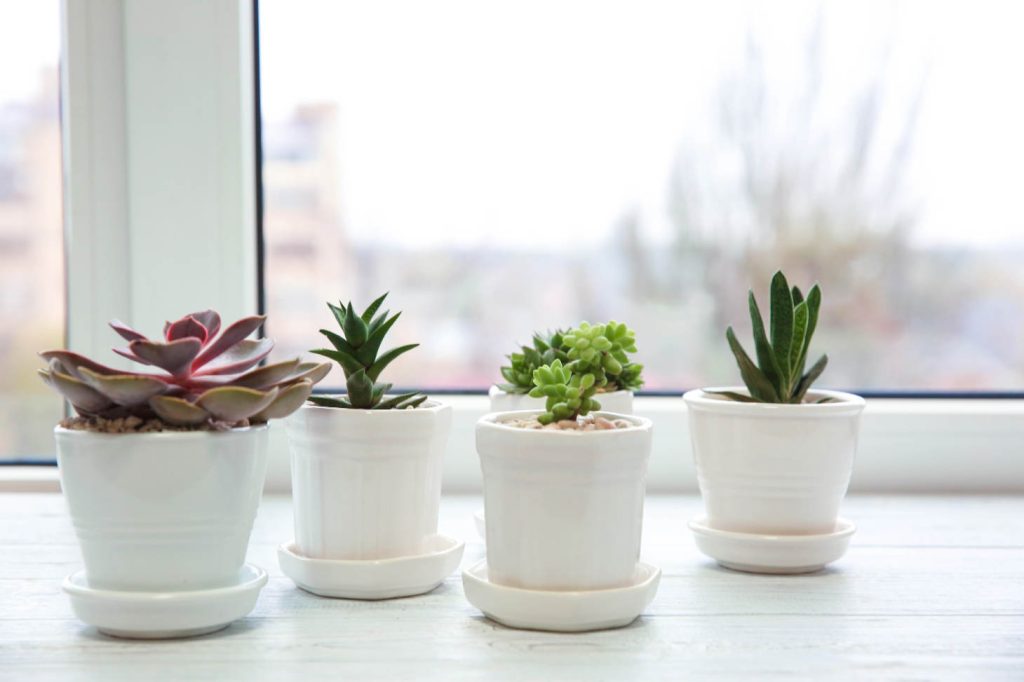
Good air circulation and low humidity help stop fungal problems and keep your succulents safer from diseases. Place plants in spots with steady airflow, but keep them away from strong drafts.
Succulents need bright, indirect sunlight to avoid weakness and sunburn, which can also lead to black spots. Rotate your pots every week for even light exposure. If growing indoors, consider a fan for airflow and a grow light if natural light is low.
Avoid overcrowding plants. Space them so air can flow between leaves. Monitor humidity, especially if growing in a closed space, and try to keep it below 50%.
Tips to improve the environment:
- Space plants for better airflow.
- Use a small fan in stuffy rooms.
- Give plants enough light but avoid harsh midday sun.
- Keep humidity low for indoor succulents.
Supporting Succulent Recovery and Ongoing Care
Helping your succulents bounce back from black spots means careful observation, balanced nutrients, and consistent maintenance. Recovery takes time, but with patience and the right care, you can help your plants heal and thrive.
Monitoring Plant Progress
Regularly checking your succulents will let you catch problems early. Begin by looking at the leaves, note if the black spots are fading, stable, or spreading. Pay attention to any new growth. Healthy new leaves mean your succulent is recovering.
Use a simple care journal to record:
- Date of spot appearance
- Any treatments applied
- Watering and sunlight changes
- Progress photos
If spots worsen or spread, review your care routine. Consider moving your plant to a spot with better airflow or less direct sunlight. Watch for signs of rot, like mushy stems or a bad smell, which may require trimming damaged areas.
Nutrient Deficiency and Soil Health
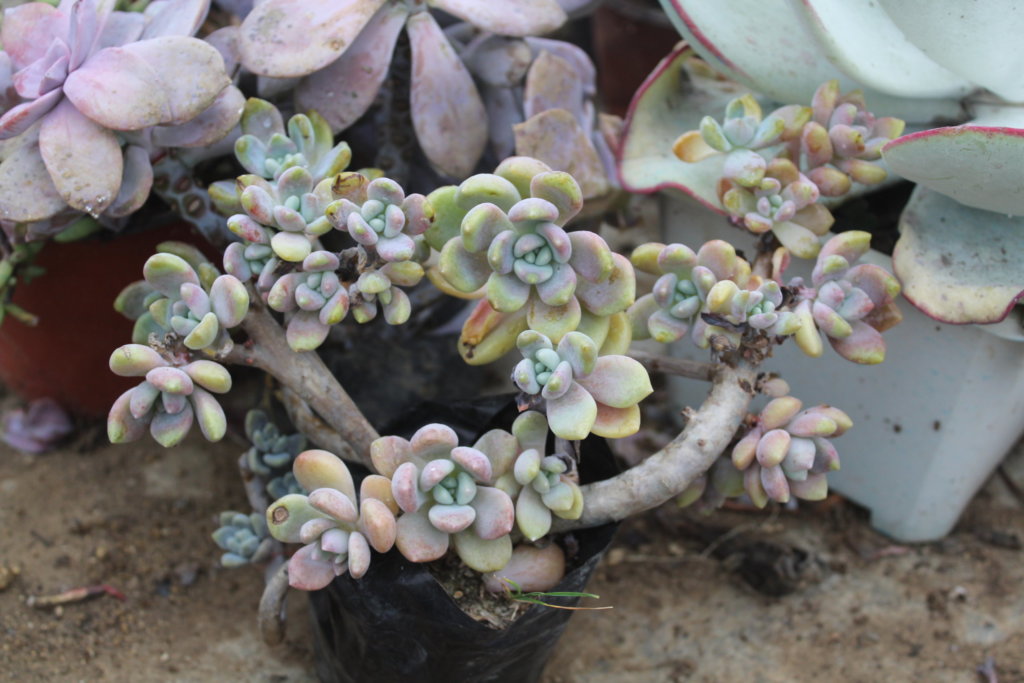
Succulents need certain minerals to grow well. Black spots can appear if they’re missing nutrients like magnesium, nitrogen, or iron. Use a balanced succulent fertilizer about once a month during the growing season.
Check your soil to make sure it drains quickly. Poor drainage holds water at the roots and can lead to root rot or fungal infections. Repot your plant if the soil stays wet for more than a day. Choose pots with drainage holes.
Address any issues promptly. Even a simple change, like adding a handful of perlite or sand to the soil, can improve plant health.
Sustaining Healthy Succulents
Prevent further problems by following a consistent care routine. Water deeply but let the soil dry out fully before watering again. During winter, water less because growth slows.
Place your succulents in a spot with bright, indirect sunlight. Too much direct sun can burn leaves, while too little causes weak growth. Clean your leaves gently to prevent dust build-up, which can attract pests.
Every few months, inspect roots and repot if the plant becomes root-bound. Remove dead or damaged leaves with clean, sharp scissors. Using fresh, well-draining soil at each repotting helps lower the risk of disease.
Pay attention to seasonal changes, adjust care based on temperature and humidity. This will help your succulents stay strong and spot-free.

